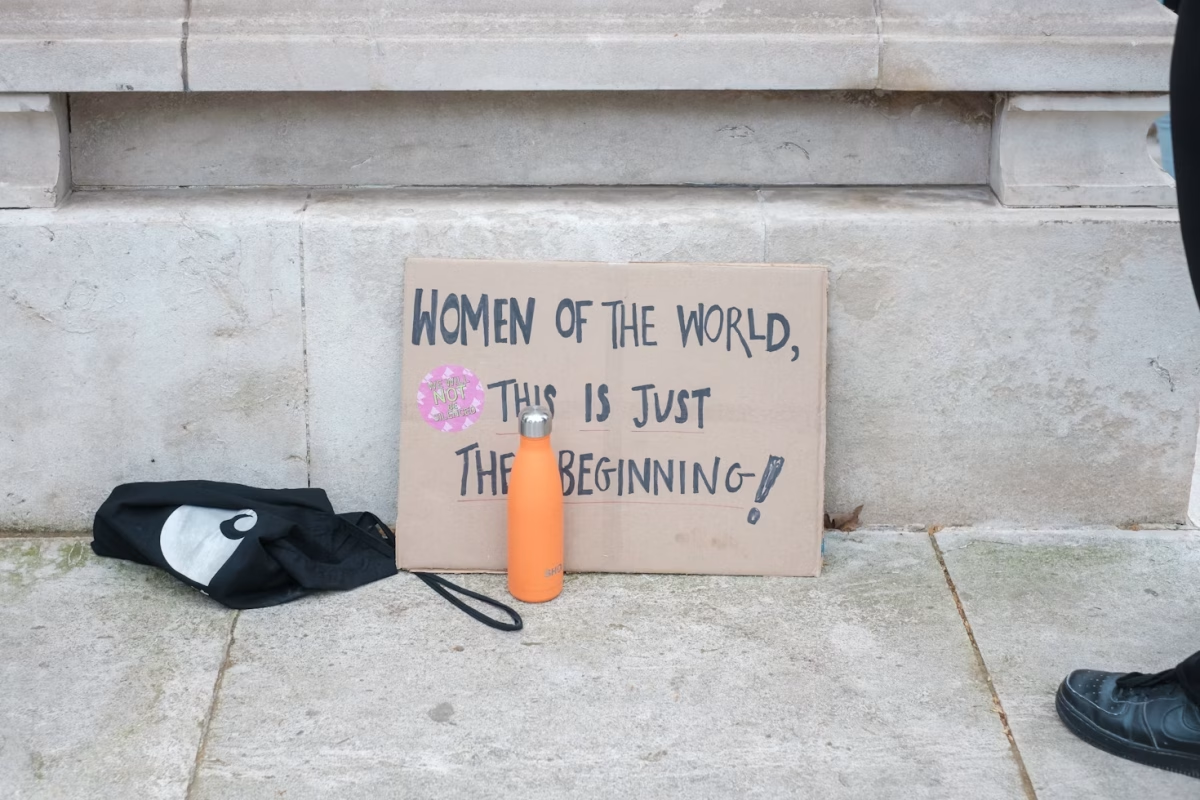It is common for people to grow fond of each other; this is referred to as attachment. Although the word “attachment” may sound akin to an action like being clingy, forming an attachment to somebody means so much more than simply wanting to be with them. Attachment is conveyed in many different ways. The way we show this can tell us a lot about ourselves and our relationships with others.
Before 1969, it was common to have the ideology that attachment was either 0% or 100%. This was disproved by a 1969 experiment by Mary Ainsworth called the Strange Situation Procedure. In this experiment, babies from 9-18 months were placed in a strange room with toys on one side of the room and two chairs on the other. During the experiment, people portraying a mother and stranger would enter and leave the room, creating a similar experience to the presence of caregivers in the baby’s lives. The Strange Situation Procedure determined that there were four different distinct attachment styles, and these attachment styles are as true for adults as they were for the infants that participated in the experiment. These styles of attachment are secure attachment, anxious attachment, avoidant attachment, and disorganized attachment.
Secure Attachment
In the Strange Situation Procedure, babies who showed a secure attachment style became upset when a parent left the room and were comforted when they returned. In adults, this attachment style is a common attribute of long-lasting relationships. Individuals with secure attachment are—as the name suggests—secure with themselves and their emotions. Jude Cassidy, a professor of Psychology at the University of Maryland, determined that these adults “typically display openness regarding expressing emotions and thoughts with others and are comfortable with depending on others for help while also being comfortable with others depending on them.” These people are less prone to “relationship anxiety” and are confident with many aspects of their relationships. Being a person with secure attachment can be thought of as a goal in life as it is the healthiest of the attachment styles.
Anxious Attachment
The babies in the Strange Situation Procedure were very upset when their parent left and were very difficult to comfort upon the parent’s return. Those with anxious attachment styles are more prone to having low self-worth and they often rely on others. They’re often seen as needy, and often become anxious in their relationships and whether or not others still care about them. Olivia Guy-Evans, a writer for Simply Psychology, writes in her article, “Anxious Attachment Style: Signs In Adults, How It Develops & How To Cope”, “[When in a complication with someone else,] someone with an anxious attachment style may become immediately emotional, jumping to worst-case scenarios about abandonment. They may demand constant reassurance from their partner, become clingy, or act out to regain closeness.” Although it may sound detrimental to have an anxious attachment style, having an anxious attachment style in the present moment is not a fate that one is sealed to until death. It is possible to work towards changing one’s attachment style. Identifying what it is that makes one feel anxious, using techniques to help gain control of one’s emotions, and using methods to challenge thoughts are all things that can be done to stray away from an anxious attachment style.
Avoidant Attachment
The Strange Situation Procedure showcased that babies with an avoidant attachment style were indifferent about their parent leaving and entering the room. Often thought of as lone wolves, individuals with an avoidant attachment style are very self-sufficient and often think higher of themselves than they do of others. They are often confident and able to exist entirely by themselves and without the need for others to supply them with self-worth. Anna Drescher of Simply Psychology states in her article, Avoidant Attachment Style: Causes, Signs, Triggers & How To Heal, “[Those who have an avoidant attachment style can be seen] valuing independence over emotional closeness, suppressing or downplaying emotions, distrusting others, relying on themself for emotional support, and struggling to share their thoughts and feelings with others.” This tendency to self-isolate from others is a detriment to those who might find themselves in a relationship with an avoidantly attached person. This will make the other party in the relationship feel like they are being ignored or unloved. Healing an avoidant attachment style is a matter of developing healthy patterns regarding relations to others and learning to understand one’s own emotions and how to convey those emotions to others.
Disorganized Attachment
Upon their parent entering the room, the babies in the Strange Situations Procedure showcased erratic reactions. The disorganized attachment type is the most uncommon of the attachment types and is the most extreme and unpredictable. A common source of having a disorganized attachment type is having a tumultuous childhood. This trauma often results in mental and personality disorders for those with a disorganized attachment style. Anna Drescher of Simply Psychology writes in her article, Disorganized Attachment Style: Traits And Ways To Cope, “[Those with disorganized attachment styles have] behavior that is inconsistent and chaotic because the simultaneous fear of rejection and intimacy results in wanting to be close while also wanting to distance themselves.” These inconsistent reactions to commonplace events create difficulty for anyone who wishes to form a bond with someone with a disorganized attachment. Developing self-awareness, practicing compassion, growing self-esteem, and setting up boundaries are just a few of the ways to overcome disorganized attachment.
Knowing one’s attachment style is beneficial for helping form closer and more meaningful bonds with others. Doing further research about an attachment style that feels self-referential is an important step to bettering one’s emotional and mental well-being. Taking steps towards betterment is the key to forming and maintaining healthy relationships with others. Becoming somebody with a secure attachment style is the goal, but this doesn’t discount the other attachment styles. Everyone deserves to be loved and love others; love and attachment are just shown differently depending on one’s attachment style.




















